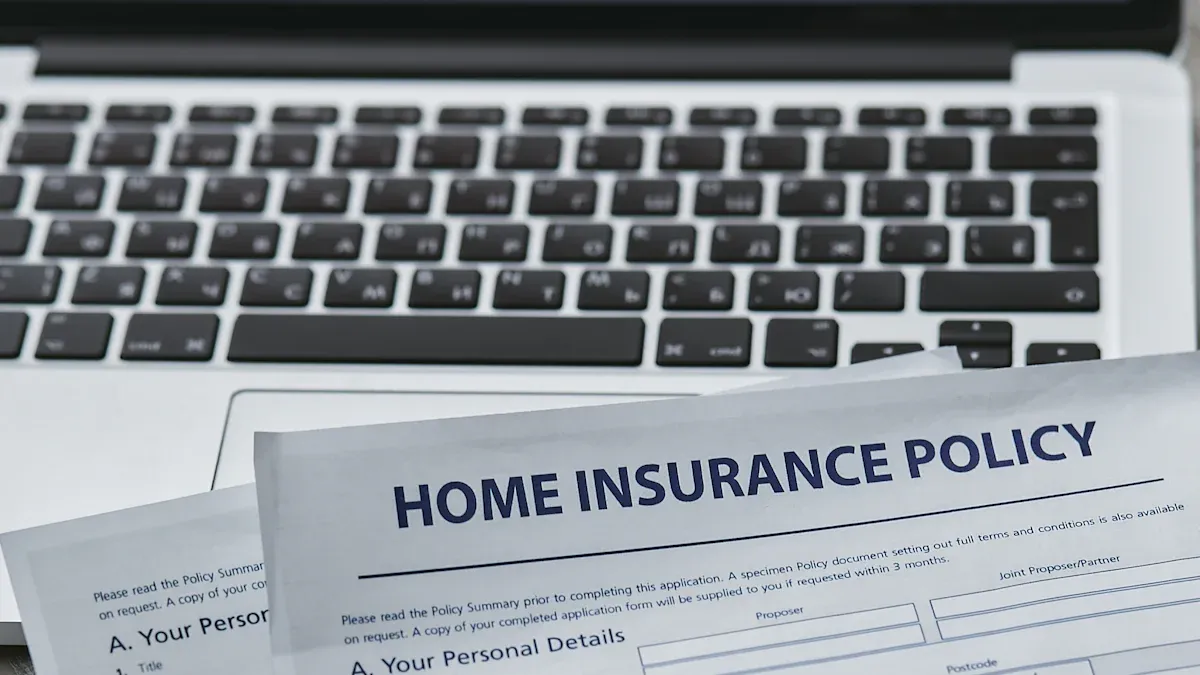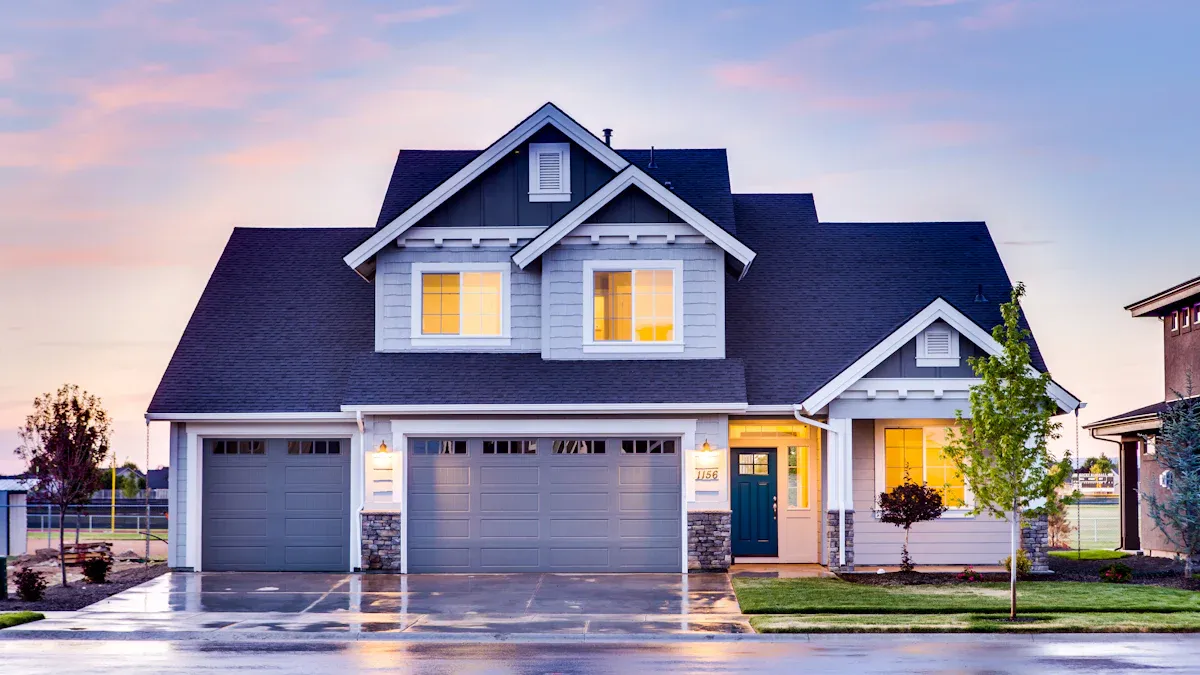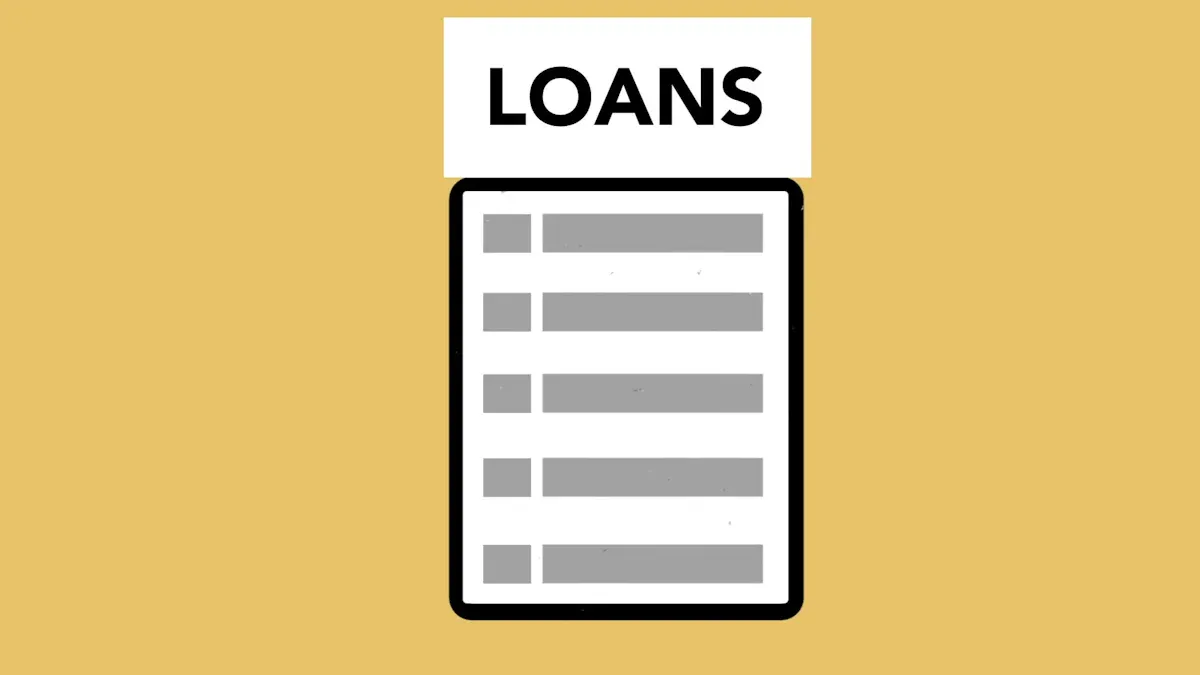Image Source: pexels
Choosing the right insurance policies can make a big difference in protecting your assets. Understanding the key differences and buying tips for home and car insurance is essential. Did you know bundling home and car insurance could save you up to 20%? Major providers like State Farm and Allstate offer these discounts. With rising auto insurance costs, knowing the key differences and buying tips for home and car insurance helps you avoid costly surprises.
Key Takeaways
- Combining home and car insurance can save you money. Check for deals from big companies.
- Know the main differences in coverage. Home insurance covers your house, while car insurance covers your car.
- Check your insurance plans often. Update them for life changes and better prices.
Key Differences Between Home and Car Insurance
Coverage Differences
Home and car insurance policies serve different purposes, which is reflected in their coverage. Home insurance protects your property, including the structure and personal belongings, against risks like fire, theft, and natural disasters. It often includes replacement cost coverage, ensuring damaged property is replaced at current market value. On the other hand, car insurance focuses on the vehicle itself. It typically uses actual cash value for claims, meaning depreciation is factored into payouts.
| Aspect | Home Insurance | Car Insurance |
|---|---|---|
| Coverage for Personal Property | Covers personal belongings during transit against risks | Typically does not cover personal property in transit |
| Type of Protection | Comprehensive coverage for home and belongings | Coverage primarily for the vehicle itself |
| Replacement Cost vs. Actual Cash | Offers replacement cost for damaged property | Often uses actual cash value for vehicle claims |
Factors Affecting Premiums
Several factors influence the cost of home and car insurance. For home insurance, location plays a significant role. Homes in areas prone to natural disasters or high crime rates often have higher premiums. Features like swimming pools or older roofs can also increase costs. In contrast, car insurance premiums depend heavily on driving history, vehicle type, and usage. A clean driving record can lead to lower rates, while accidents or traffic violations may result in higher premiums.
The variability in home insurance costs also depends on the land-to-dwelling value ratio. For instance, Hawaii’s high land value often results in lower insurance coverage needs. Meanwhile, states like California and Florida have seen insurance costs rise by 43% between 2018 and 2023 due to increased risks.
Common Exclusions
Both home and car insurance policies come with exclusions that policyholders should understand. For home insurance, water damage caused by poor maintenance and defects in construction are common exclusions. Car insurance often excludes coverage for vehicles used for commercial purposes. Additionally, both policies may limit reimbursement for high-value items like jewelry.
| Exclusion Type | Description |
|---|---|
| Commercial Operations Exclusion | Excludes coverage if a personal vehicle is used for business purposes. |
| Defects Exclusion | Denies coverage for damages resulting from defective materials or negligent construction. |
| Personal Property Exclusion | Limits reimbursement for stolen valuables, often to a specific amount, such as $1,500 for jewelry. |
| Water Damage Exclusion | Denies claims for water damage due to deferred maintenance; flood insurance is required for rising water events. |
Understanding these differences and exclusions helps readers make informed decisions when choosing policies. Comparing options and reading the fine print ensures better protection for their assets.
Buying Tips for Home and Car Insurance

Image Source: pexels
General Tips for Buying Insurance
Shopping for insurance can feel overwhelming, but following a few simple steps can make the process easier:
- Decide what you need from your insurer. Are you looking for affordability, comprehensive coverage, or excellent customer service?
- Gather quotes for both home and car insurance. Comparing multiple options ensures you get the best deal.
- Review each quote carefully. Pay attention to coverage limits, deductibles, and exclusions.
- Choose a provider that meets your needs and start your policies.
- Cancel any previous policies to avoid overlapping coverage.
Bundling home and car insurance is another smart strategy. It simplifies management and can save you money. In fact, many insurers offer discounts for bundling, which can significantly reduce premiums.
Tip: Use tools like a CLUE report to check the claims history of a property or vehicle. This can help you assess potential risks and avoid surprises later.
Tips for Buying Home Insurance
When buying home insurance, focus on protecting your investment. Start by evaluating the replacement cost of your home and belongings. This ensures you have enough coverage to rebuild or replace items after a disaster.
Location matters too. Homes in areas prone to floods or earthquakes may require additional coverage. Flood insurance, for example, is often sold separately. Always ask about exclusions to avoid gaps in protection.
Note: 21% of homeowners switched insurance providers in the last five years, with 62% citing better rates as their reason. Regularly shopping for better rates can lead to significant savings.
Tips for Buying Car Insurance
Car insurance premiums depend on factors like driving history, vehicle type, and usage. To save money, maintain a clean driving record and consider usage-based plans. These plans adjust premiums based on how much and how safely you drive.
Comparing policies is essential. Rates can vary widely between providers, so don’t settle for the first quote. Periodically reviewing your coverage can also help you find better deals. With the competitive market, insurers now offer flexible payment plans and customizable options, giving drivers more control over their budgets.
Tip: If you use your car for business purposes, make sure your policy covers commercial use. Standard car insurance often excludes this.
By following these tips, you can make informed decisions and find the right coverage for your needs.
Understanding the differences between home and car insurance helps protect your assets and avoid surprises. Comparing policies ensures you get the best coverage for your needs. Seeking advice from licensed professionals can clarify complex terms.
Tip: Regularly review your insurance to adapt to life changes and secure the best rates.
FAQ
What is the difference between replacement cost and actual cash value?
Replacement cost covers the full cost to replace items, while actual cash value deducts depreciation. Replacement cost offers more comprehensive protection for your belongings.
Can I bundle home and car insurance with different providers?
No, bundling requires using the same provider for both policies. It simplifies management and often qualifies for discounts, saving you money.
Does car insurance cover personal items stolen from my vehicle?
Car insurance typically doesn’t cover personal items. Home insurance may provide coverage, but only if the theft occurs under specific circumstances.
Tip: Always check your policy details to understand what’s covered and what’s excluded.




